Don't hesitate to send a message
Overview of Electric Motors for Electric Vehicles?
Permanent magnet motors are divided into two categories: brushed motors and brushless motors. Brushed motors and brushless motors. Brushed and brushless motors are DC motors that rotate continuously with or without electric brushes, relying on the same polarity repulsion and opposite polarity attraction between the rotor magnetic field and the stator magnetic field. The current in the wire package must be converted appropriately, otherwise it will be sucked up and unable to rotate. A brushed motor is automatically completed by the combination of a commutator (scientific name: commutator) and an electric brush, which are installed inside the motor.
Generally, the brushes of brushed motors should be replaced after about 2000 hours of wear and tear. Ordinary wheel hub motors and column motors (also known as mid mounted motors) require professional maintenance personnel to replace, while series excited motors can be replaced by ordinary users themselves. The wear of electric brushes is also related to the magnitude of the current and the silver content of the brushes. The series excited motor used in freight three wheels has a high current and a lifespan of less than 2000 hours. It needs to be replaced in a few months, and the price varies greatly depending on the silver content of the carbon brush Brushed motors only have two external connections, and permanent magnet brushed motors can change their direction of rotation by exchanging the connections; A series excited motor does not have permanent magnets, and both the rotor and stator are windings. The stator magnetic field is also called the excitation magnetic field, and each winding is independent. When used in series, it is called a series excited motor. Although the series excited motor also has two wires for external connection, unlike the permanent magnet brushed motor, which can change the direction of rotation by exchanging wires, only one pair of rotor winding (a pair of wires) or stator winding (a pair of wires) can be exchanged. As the name suggests, brushless motors do not have brushes inside the motor. The conversion of winding current is carried out by an external brushless speed controller (hereinafter referred to as brushless controller). However, the brushless motor must provide the rotor position for the brushless controller. The commonly used brushless motor has 8 leads, of which 3 are thick yellow, thick green, and thick blue, which are winding leads, and the remaining 5 are rotor position sensor leads. Fine red is generally a positive 5V, fine black is a 5V negative pole and signal common terminal, and fine yellow, fine green, and fine blue are the three rotor position signal leads. Brushless controllers rely on the signals they provide to change the direction of winding current. There are two types of brushless motors for electric vehicles: 60 degree and 120 degree, which cannot be seen from the appearance. There are also 60 degree and 120 degree brushless controllers, and the motor and controller must be matched. There are 36 connection methods for the 8 wires between the brushless motor and the brushless controller: only two of the 60 degree connections are correct, one for forward rotation and one for reverse rotation; There are 6 positive angles, 3 positive angles, and 3 negative angles at 120 degrees. The results of mismatched degrees or incorrect wiring are: no rotation, weak rotation, vibration, high light load current, etc. Serious damage may occur to the Hall rotor position sensor inside the controller or motor.
-
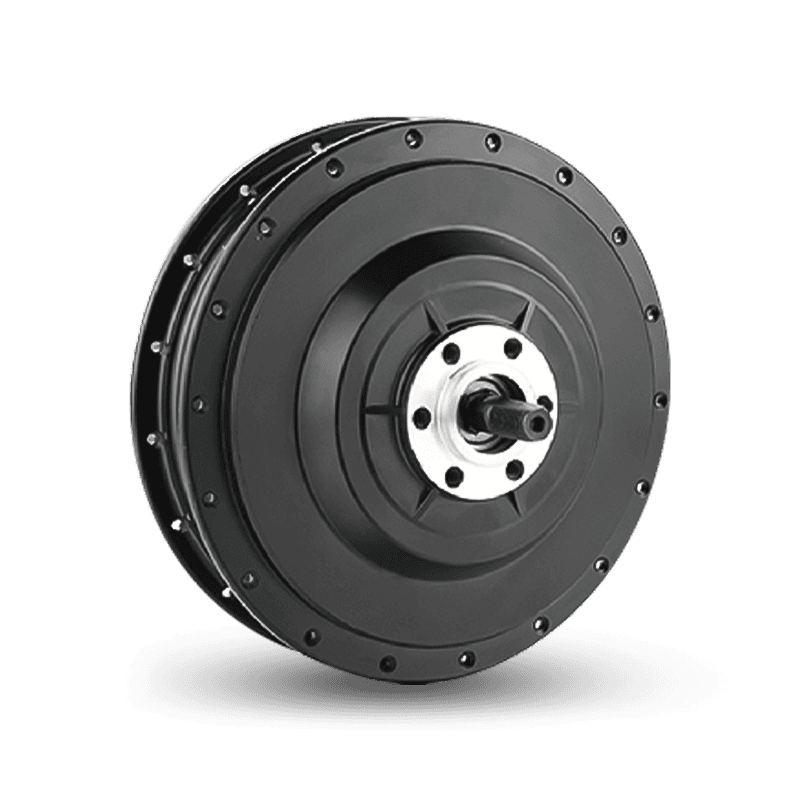 E-Type F500 Front Hub Motor
E-Type F500 Front Hub MotorThe E-Type F500 front hub motor is designed for E-Cargo and E-MTB bikes, offerin...
-
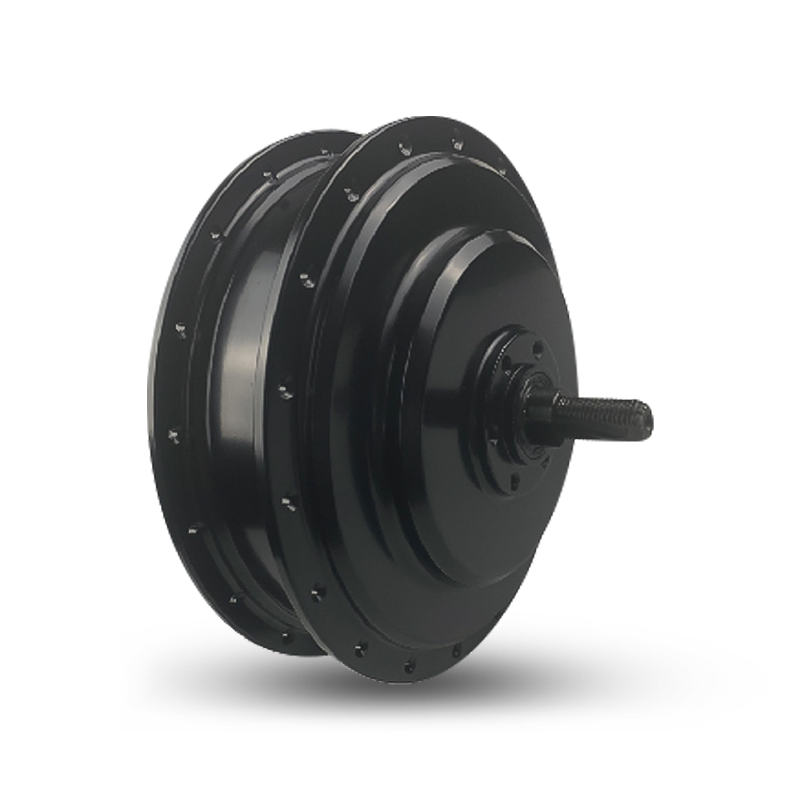 E-Type Pro RC750 Rear Hub Motor
E-Type Pro RC750 Rear Hub MotorThe E-Type Pro RC750 Rear Hub Motor is designed for E-Cargo and E-MTB bikes, com...
-
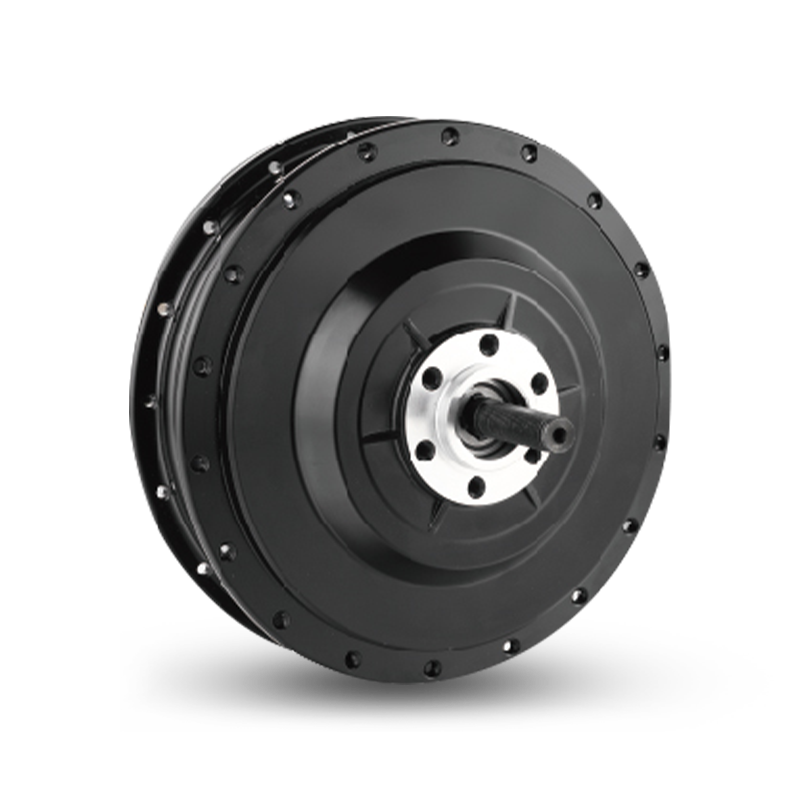 E-Type RF500 Rear Hub Motor
E-Type RF500 Rear Hub MotorThe E-Type RF500 Rear Hub Motor is designed for E-Cargo and E-MTB bikes, compati...
-
 E-Type Pro RF750 Rear Hub Motor
E-Type Pro RF750 Rear Hub MotorThe E-Type Pro RF750 Rear Hub Motor is designed for E-Cargo and E-MTB bikes, com...
-
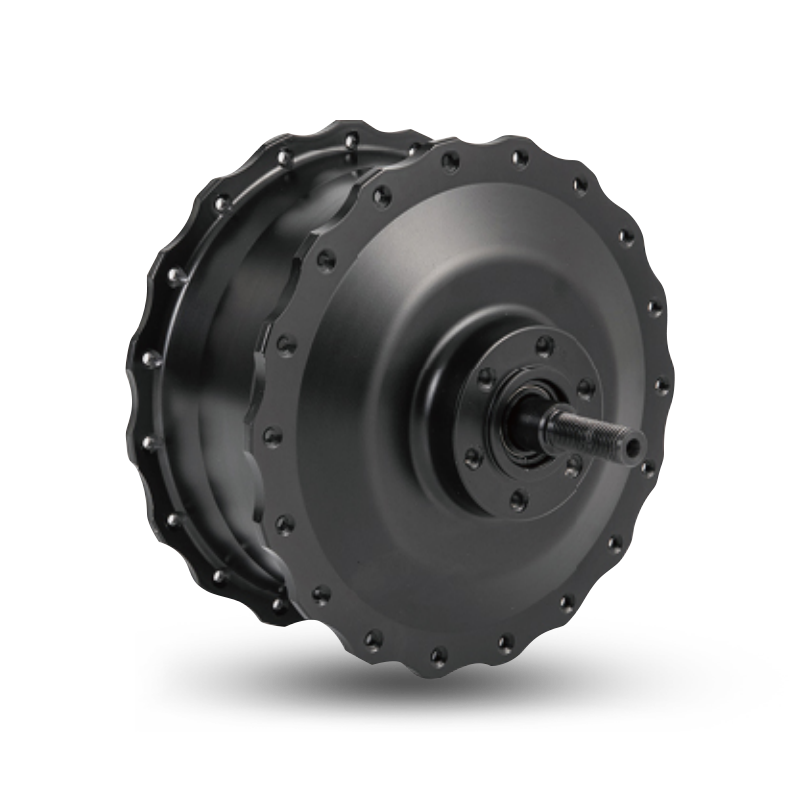 S-Type Pro F1500 Front Hub Motor
S-Type Pro F1500 Front Hub MotorThe S-Type Pro F1500 front hub motor, designed for E-Carao and E-Fat bikes, offe...
-
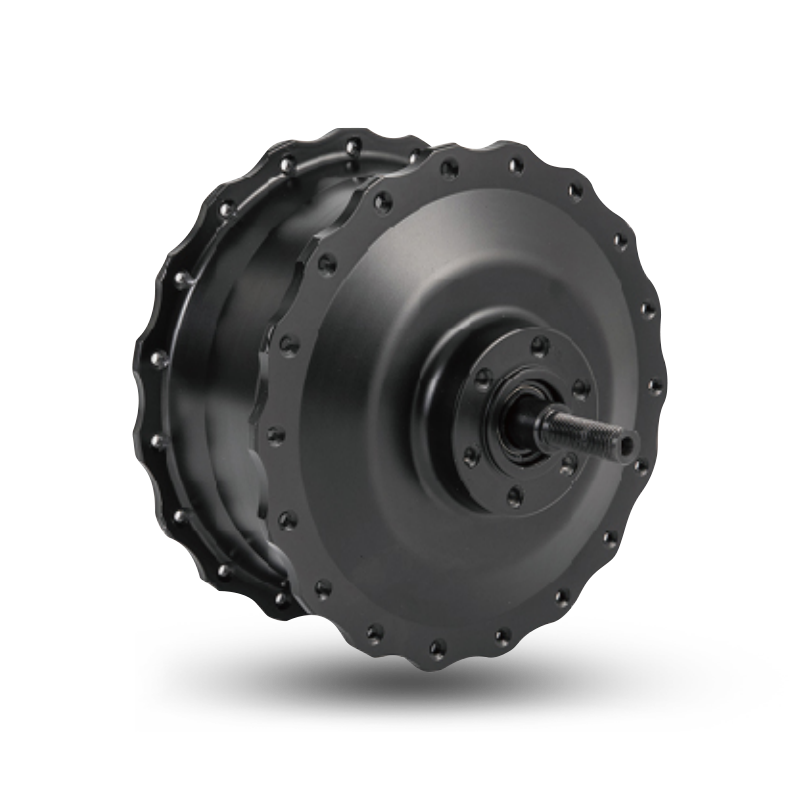 S-Type F750 Front Hub Motor
S-Type F750 Front Hub MotorS-Type F750 is designed for E-Cargo and E-Fat. The rated power ranges from 500W ...
-
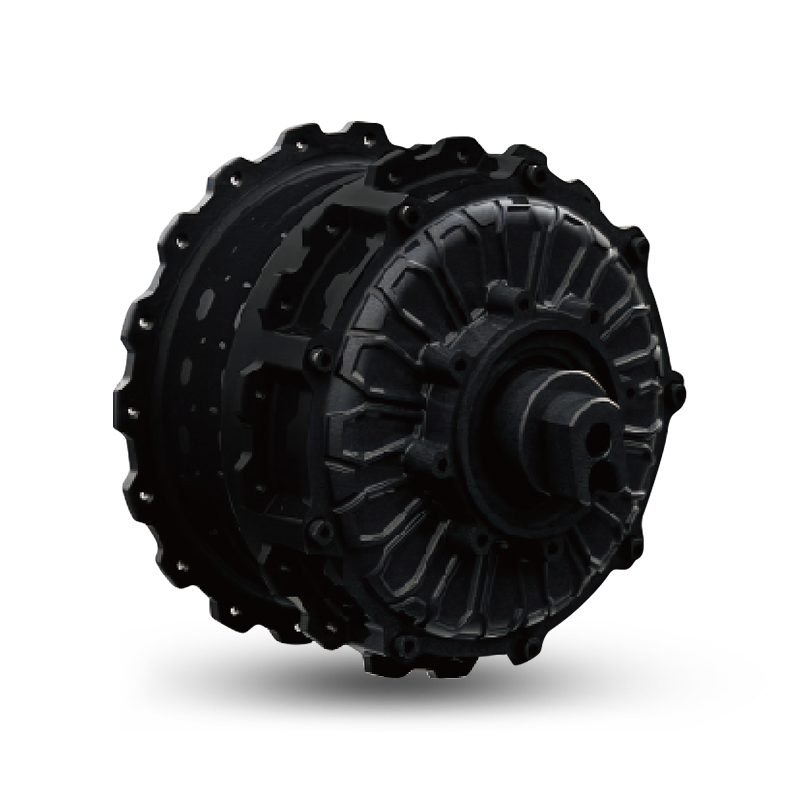 S-TYPE Max THRU AXLE Rear Hub Motor
S-TYPE Max THRU AXLE Rear Hub MotorThe S-TYPE Max thru-axle motor is designed for E-Fat, Moped, and Cargo applicati...
-
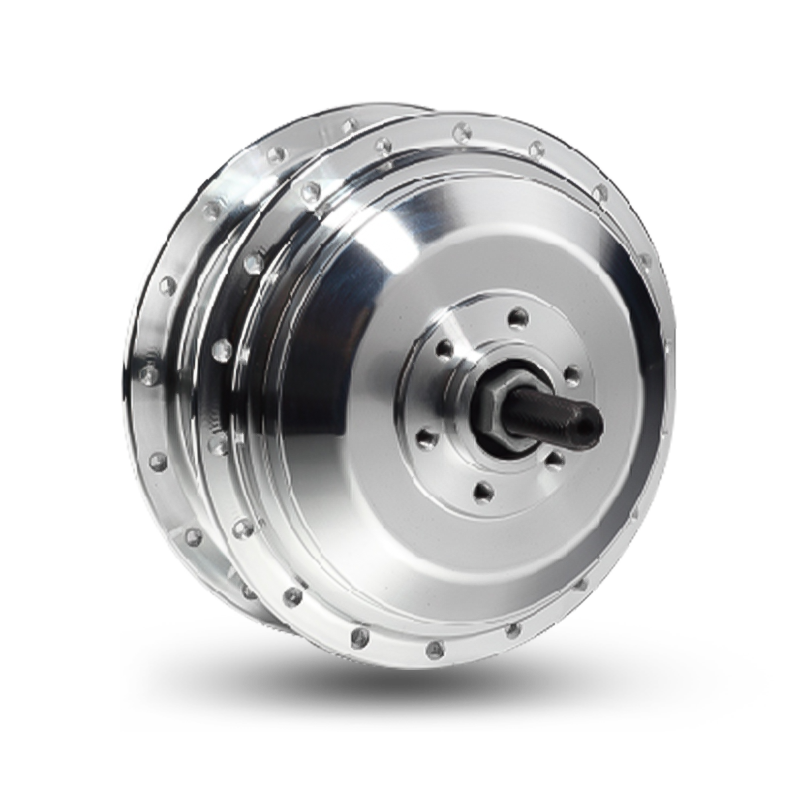 C-Type R350 Rear Hub Motor
C-Type R350 Rear Hub MotorThe C-Type R350 Rear Hub Motor, designed for city e-bikes, offers a rated power ...
If you are interested in our products, please consult us
- Address:No. 3 Dingqiao Rd, Jiangshan Town, Yinzhou District, Ningbo, Zhejiang Province, China
- Phone: +86 13806662915
- Email: K.zhang@hengtai-cn.com



 English
English 中文简体
中文简体